
S.A. Abbasi

Showing all 16 books








The aquatic weed salvinia has come to be regarded in recent years as one of the world's worst weeds perhaps the worst if we go by the Guiness Book of World Records - colonising large tracts of water in several countries across the world and harming precious water resources in terms of quality as well as quantity. In some Indian states, notably Kerala and Kashmir, this weed has been engaged in a veritable tug of war with another noxious aquatic weed water hyacinth ...
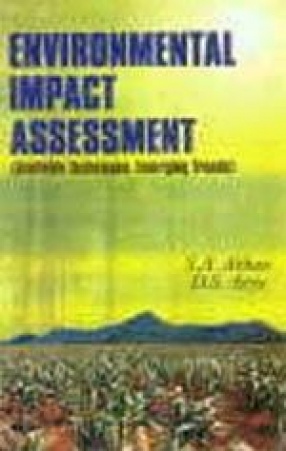
What are the EIA methodologies reported thus far? What are their virtues and shortcomings? What are the requirements of an ideal methodology and how does one proceed towards approximating that ideal? The present book deals with these questions. It begins with an overview of the existing EIA methodologies. The ones commonly used as well as the ones less-tried or untried, are reviewed. The book simultaneously identifies the strenths and the weaknesses of these ...

As industrialization increased so did the size of 'industrial areas' everywhere. It became more and more common to find clusters of industries situated in 'industrial pockets' across towns and cities. This type of clustering was dictated by factors such as better availability of electricity, land, water, roads and other infrastructural facilities. But industrial complexes did not grow in isolation. With them grew India's population and the consequent pressure on ...


The natural occurrence of heavy metals in the environment, the elevation of these natural levels due to pollution, and the toxic effect this has on the environment in general and human beings in particular, is a topic of interest for a very large cross section of people--ranging from metallurgists to environmentalists, geologists to biologists, engineers to doctors, social scientists to journalists, city planners to health workers. In this volume the three ...
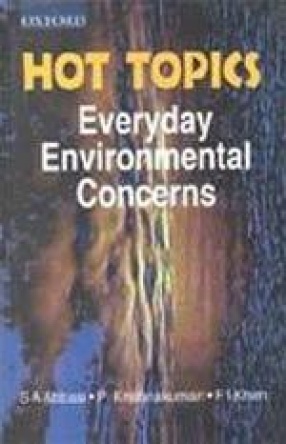
Acid rain, global warming, the greenhouse effect, ozone holes, CFCs, radioactive wastes, water disinfectants, the Bhopal gas stragedy, carbon monoxide emissions, methane levels, flash fires, mercury poisonings..are all Hot Topics today. These dangers and threats are now very real and lived, many of them actualized for some parts of the world, and far closer to home than ever before. These critical issues are no longer matters of 'discussion' or mere academic ...

The aquatic weed salvinia has come to be regarded in recent years as one of the world's worst weeds perhaps the worst if we go by the Guiness Book of World Records - colonising large tracts of water in several countries across the world and harming precious water resources in terms of quality as well as quantity. In some Indian states, notably Kerala and Kashmir, this weed has been engaged in a veritable tug of war with another noxious aquatic weed water hyacinth ...

Several good texts are now available on the techniques and tools of environments impact assessment, including Prof Abbasi’s bestseller Environmental Impact Assessment: Available Techniques, Emerging Trends brought out by this publishing house in 2000. but no other book except this one presents extensive case studies which tell the reader how to actually conduct an EIA, how to report it, and how to get the most compelling results at the least cost. A Chapter on ...

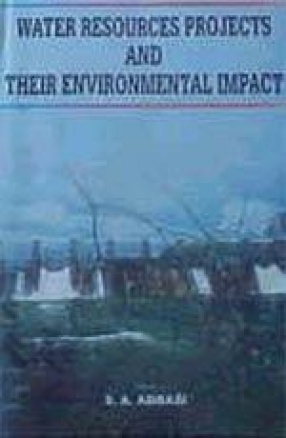
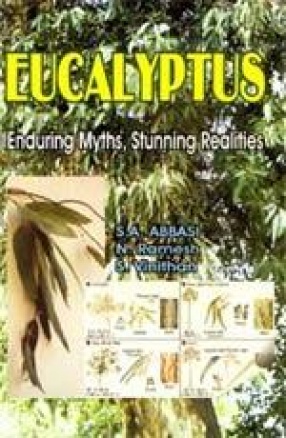
Eucalyptus is one such genera of trees. But at present it is hardly regarded as a gift of God by majority of environmentalists. To them, eucalyptus is a curse, a s courage, a harbinger of despair and destruction! While the supporters of eucalyptus find nothing wrong with the tree, the opponents find nothing right. There is no other tree in the world that evokes such strong and conflicting emotions in the proponents of the rival schools of thought. As a result, ...

Water resources projects based on large dams have been viewed with extreme emotions from time to time. If Jawaharlal Nehru had famously called them temples of modern India, environmental activists of the 1980s and the 1990s have given the dams much less flattering names. Some have almost dubbed them agents of the World Bank/CIA, out to colonise and plunder the environment of India. But dams are here to stay, tens of thousands of them are dotting the Indian ...
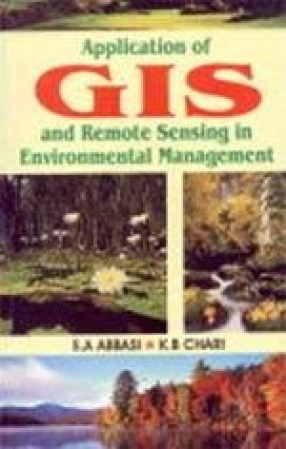
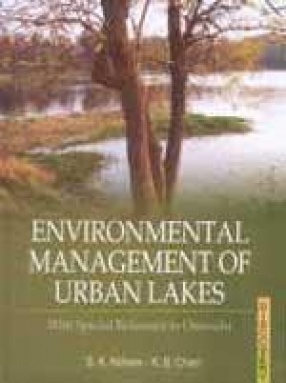
The importance of lakes as sustainers and enrichers of life has been recognized by humans from pre-historic times. Prefixing terms of affection or reverence such as 'mother', or 'holy' with the names of lakes as rivers has been common to most ancient civilizations. So has been the wisdom that protection of lakes amounts to protection of one's own life and well-being. India's being among the oldest and richest of civilizations, creating or developing lakes, and ...
